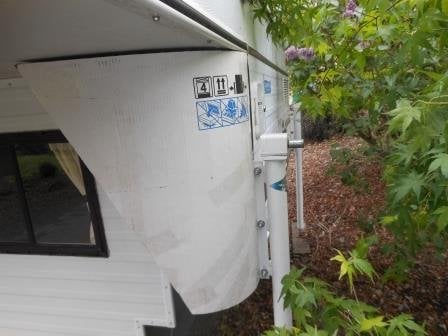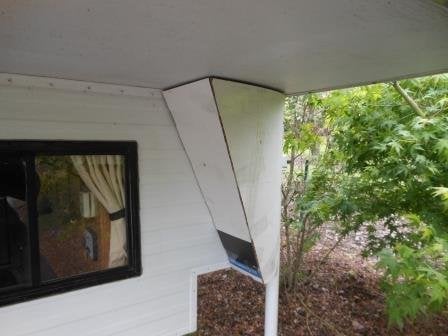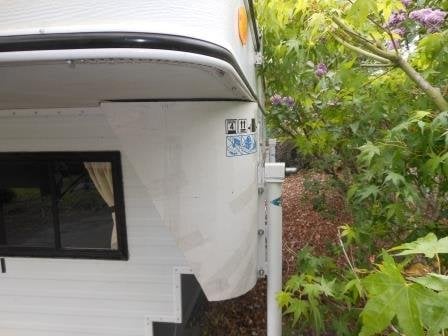Flyfisher
Senior Member
Hi Folks - I have been working on side wind deflectors for my Hawk for a while now. I built a mockup of them in cardboard (see pictures). The biggest problem has been what to build them out of. I looked at having it built out of aluminum, fiberglass or plastic but the quotes were in the $500 range. Seems like I am going to have to do it myself to make it affordable. I think that leaves me with constructing it out of either wood or sheet metal. I am a little more handy with wood than sheet metal, but I am still kind of guessing my way through it if I did it in wood and a little more lost if I tried to do it in sheet metal.
Then I realized that I have this wonderful resource of creative people on this forum. Duh! I bet that someone out there has some good ideas for ways to construct these side wind deflectors. I am open to any ideas or perhaps other materials that I haven't considered. Easiest least expensive way to build something that will last is preferred.
Thank you, Gregg
Then I realized that I have this wonderful resource of creative people on this forum. Duh! I bet that someone out there has some good ideas for ways to construct these side wind deflectors. I am open to any ideas or perhaps other materials that I haven't considered. Easiest least expensive way to build something that will last is preferred.
Thank you, Gregg






